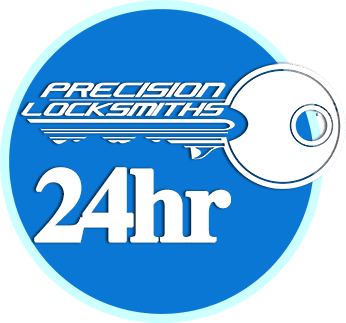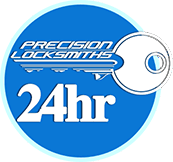Does Your Home Security Meet Insurance Requirements?
It may come as a surprise to learn that your home insurance may be invalid if you don’t have the correct locks fitted to your doors and windows, after all if a door can’t be opened without a key, it’s secure, right?…. Wrong. There are many types of lock and many types of security level and your insurance provider will insist that your door locks meet a certain standard and so it is important that you know the difference.
If you don’t have the correct locks, properly fitted, you’re leaving yourself open to theft and insurance companies will see this as an open invitation to burglars and a reason why they should not be obliged to cover your losses.
Often exceeding an insurers requirements can also mean a lower premium for you.
It pays to have the right house locks
Home insurance companies will expect a minimum level of security on what they refer to as the final exit from your property. That is the last door you must leave through to exit your property. So if you have a new porch built , for example, it is that door that will now need to meet the requirements and not what was your old front door to your home.
So, which type of lock have you got?
It’s not always easy to tell, but your home insurance provider will need to know so that they can assess how secure your home is and whether you need to upgrade your locks. Most people will have no idea what locks they have to their home, and why would you? Here we aim to help you identify the different types of locks you need to be aware of and their most common applications.
There are four main types of lock and each is more commonly associated with either wooden, composite or Upvc doors.
1 – Five-lever mortice lock
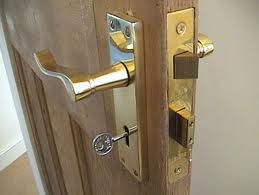
Almost exclusively found on wooden doors, the British standard five-lever mortice lock is the most secure type of general house lock and is often referred to as a Chubb lock. The more levers a lock has the more difficult it is to pick.
The lock is ‘morticed’ in the door itself and the strike plate sits in the door frame. As you turn the key in the lock the bolt moves across to the frame and locks the door. The only way to open the door is with a key.
Most insurers will insist that your lock is at least 5 lever bust most require that it conforms to British Standard BS3621, which ensures it has certain security features in the mechanism such as larger bolt throw, anti drill plates and an anti pick curtain and levers. You can tell if your lock conforms by checking for the BSI Kitemark™ – usually on the face plate of the lock on the door as opposed to the frame.
2 – Multi-point locking system
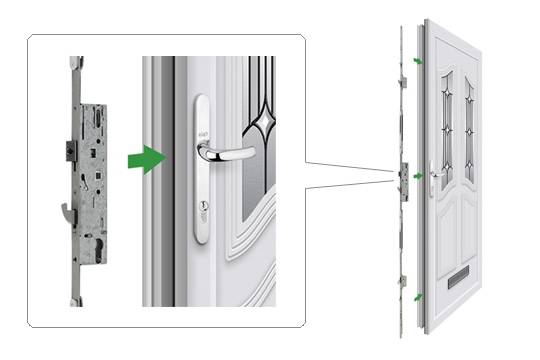
These locks are often found in uPVC doors and composite doors. They must have at least three places in the frame that all lock at the same time and usually consist of hooks, bolts or little rollers that move up and down into keeps on the frame. The easiest way to identify a multi point lock is the action you perform when locking the door. If you need to lift the handle before turning the key you will have a multi point locking mechanism.
The cylinder is a secondary part of a multi-point lock and can be easily replaced, this is the bit that you put your key into and controls the multi point locking mechanism.. The Master Locksmith Association recommend a 3* ‘Diamond’ approved cylinder for maximum security, for example the Brisant Ultion. This type of lock will display *** (3 Stars) and a diamond logo.
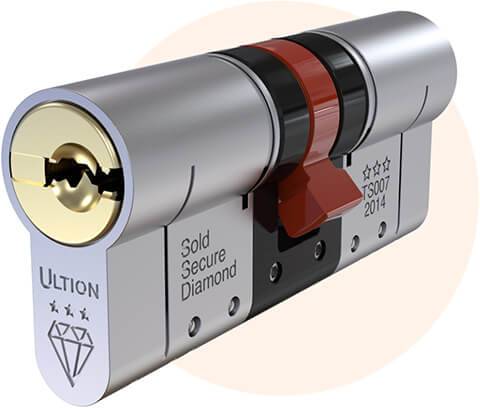
3 – Rim locks or night latches
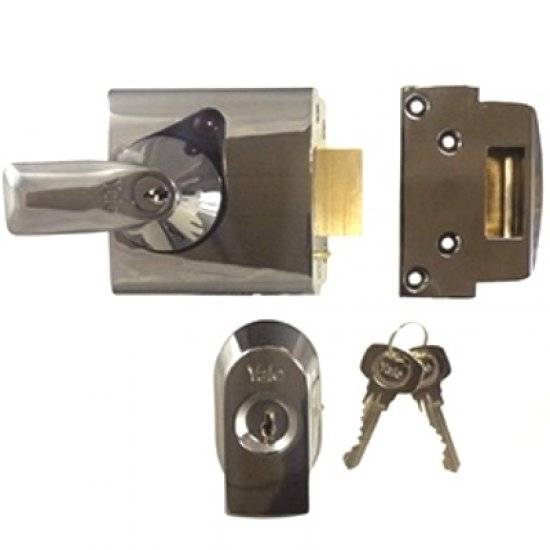
Unlike mortice locks that are morticed into the door, these locks are surface mounted on the door itself with the latch being mounted on the door frame and are almost exclusively found on wooden doors, they are often referred to as ‘Yale’ type locks. They can usually be deadlocked from the inside, but more secure versions can also be deadlocked from the outside with a key.
They are considered to be less secure than mortice locks or multi-point locks and unless they are deadlocked can be prone to ‘slipping’ ( similar to the credit card trick). Although you can get high security versions of this type of lock, such as the Yale PBS1, many insurers want you to have additional security, like a mortice lock, if this type of lock is on your front door.
Window locks
With casement and uPVC windows, you’ll probably find locks on the handles of the window or at the top and bottom of the window.
With sash windows there’s often a central locking bolt and two side bolts that allow you to open the window to let the air in, but not enough to allow a burglar to get in.
Many insurers will insist that you have key operated locks on your windows and insurance companies may not be obliged to pay out if you are found to have left windows open.
Which types of house locks are best for my home?
That depends on:
- Where you live – house, flat/apartment, countryside, city
- The type of door – wooden, composite or uPVC
- The type of policy you have
- Your insurer
- Existing security measures
It is very important that you carefully read through your home insurance policy to find out exactly which locks are the minimum security requirements for your insurer. If you are still unsure you are more than welcome to contact Precision Locksmiths Sheffield and I would be happy to give any advice required.
